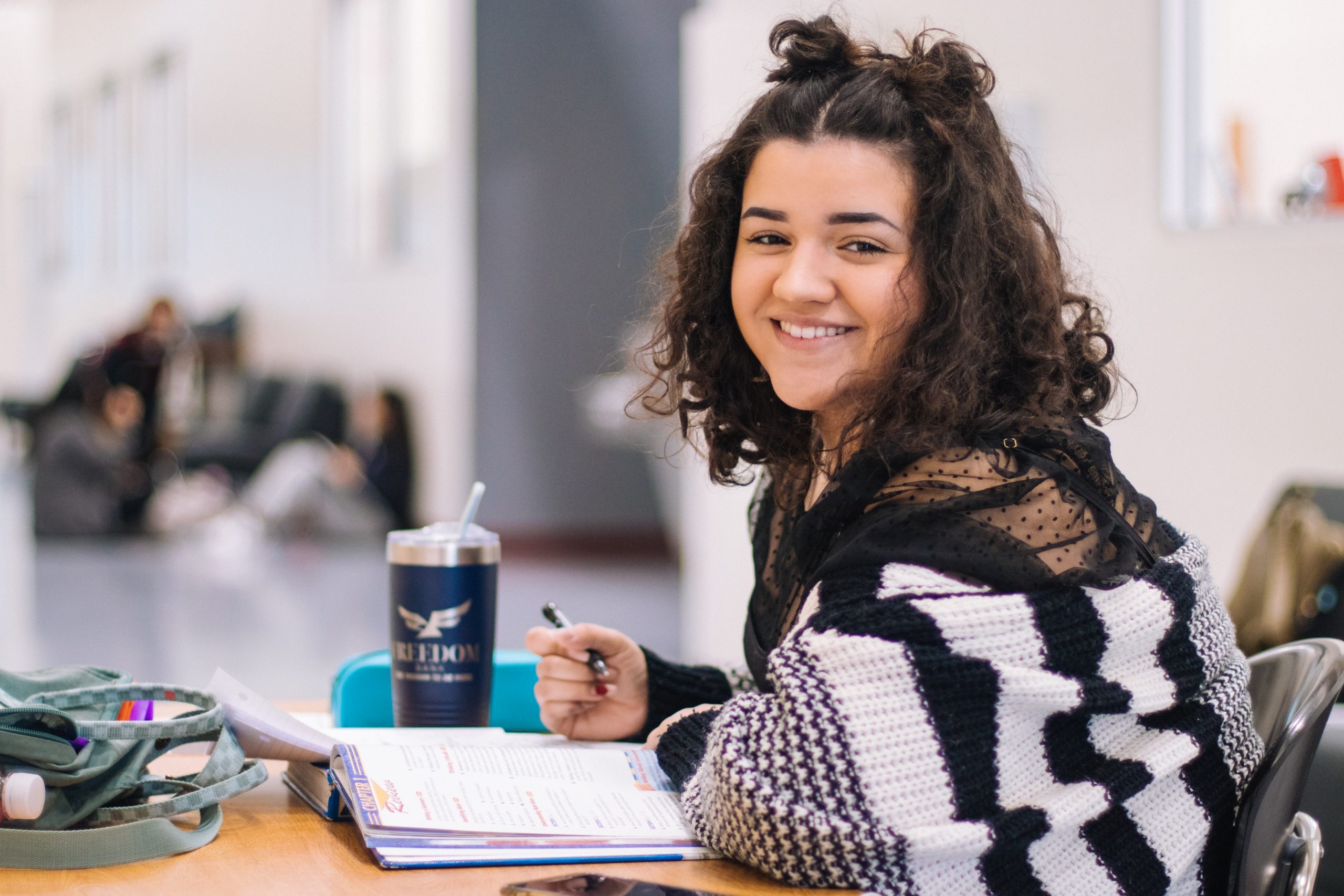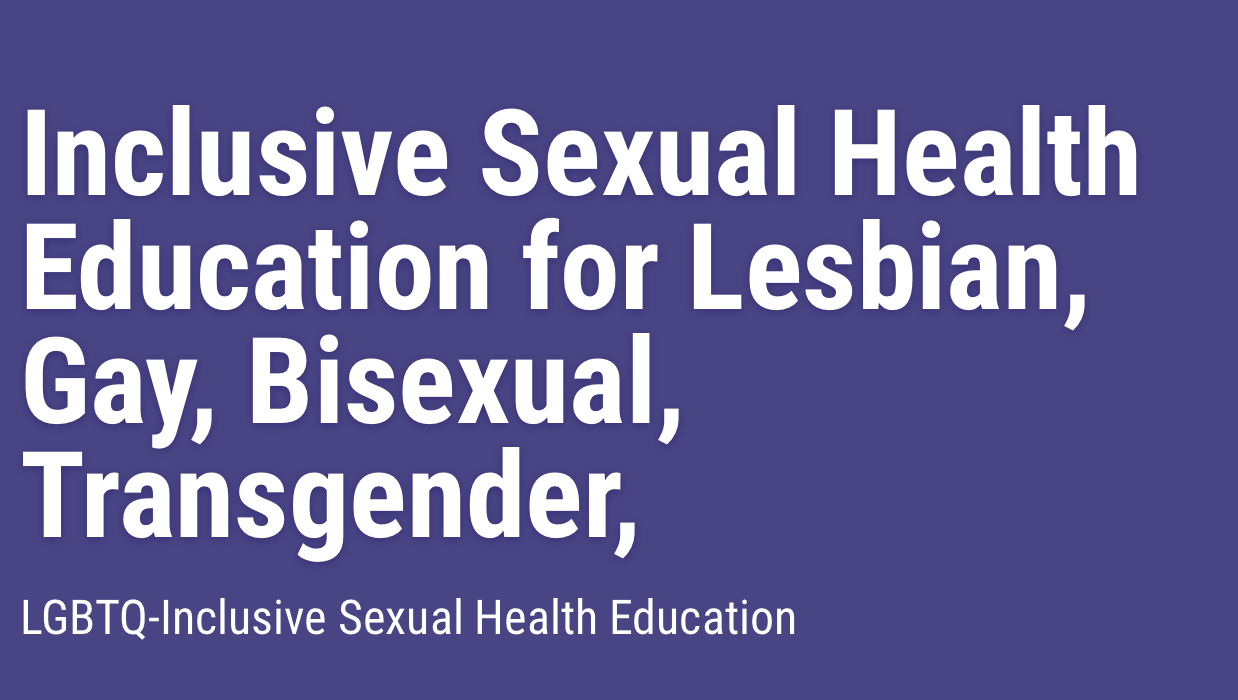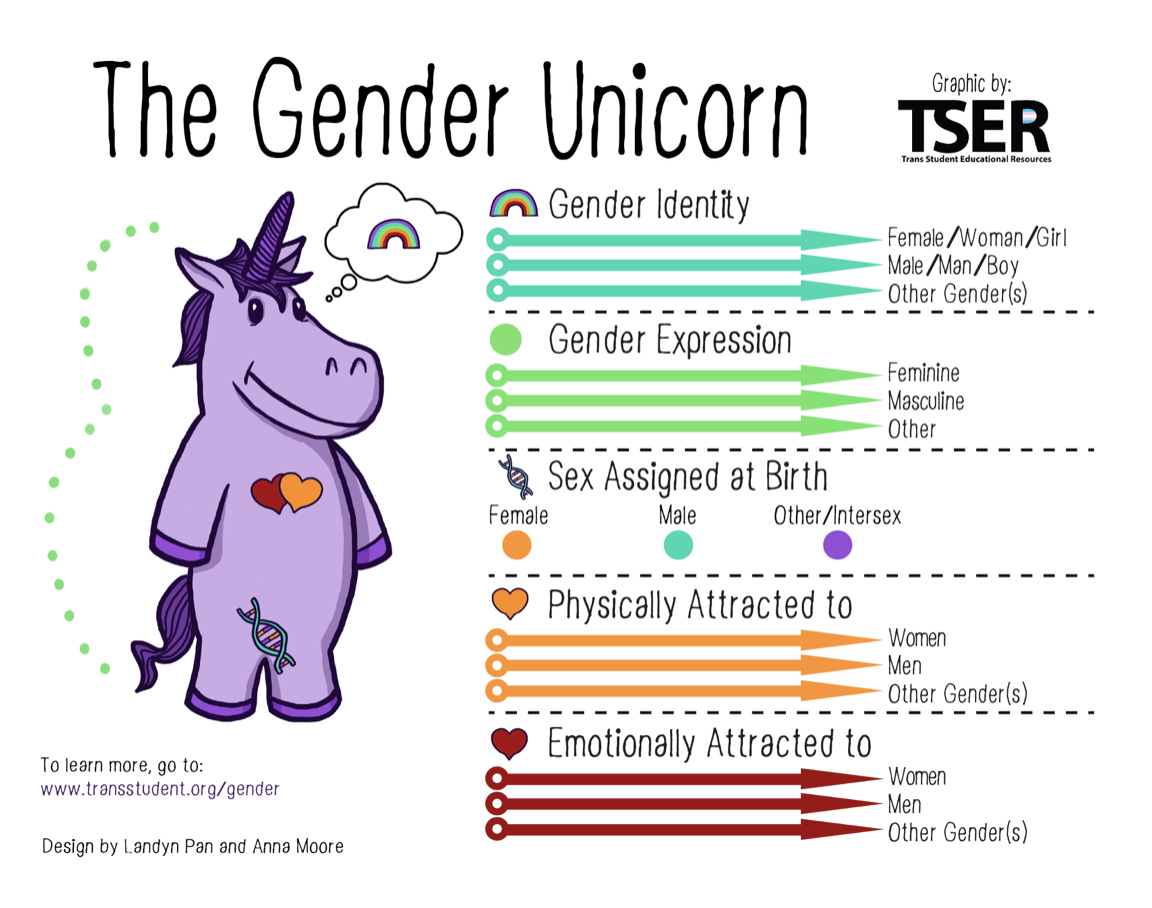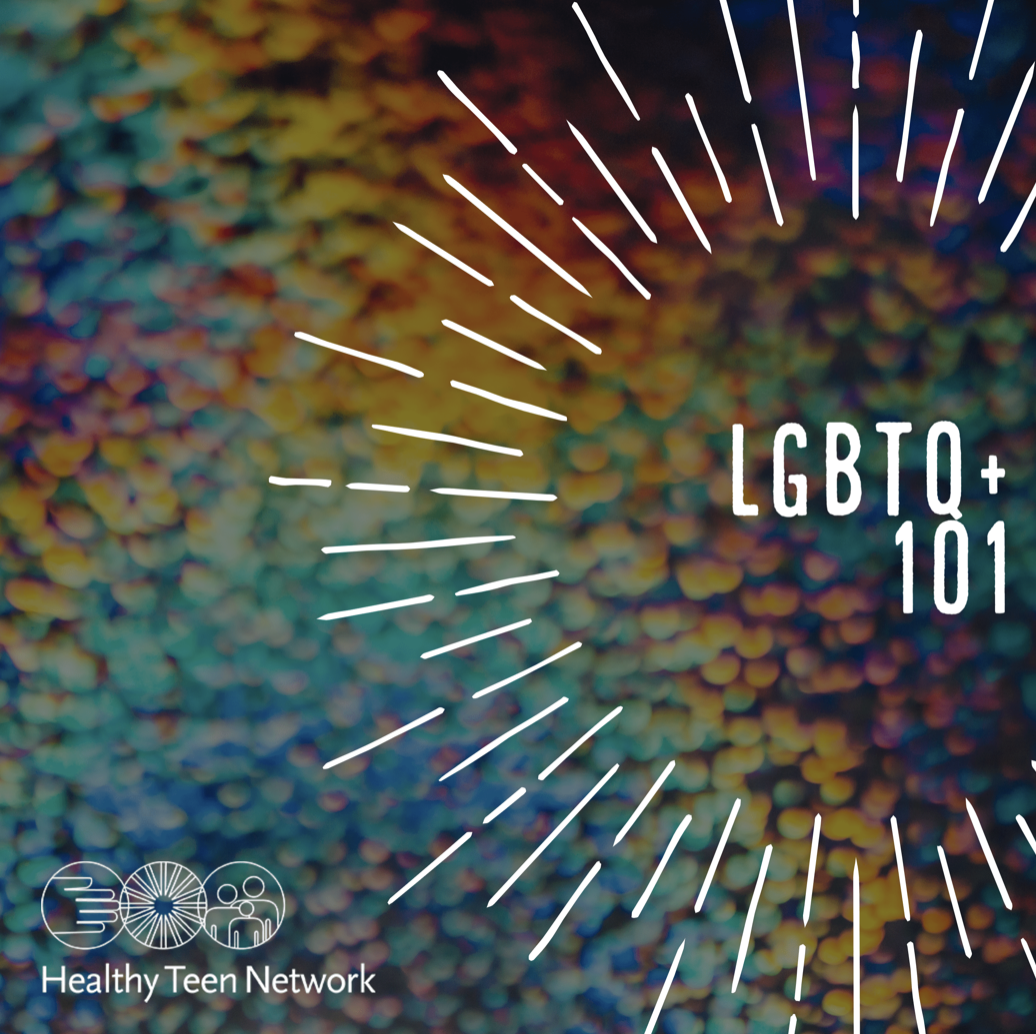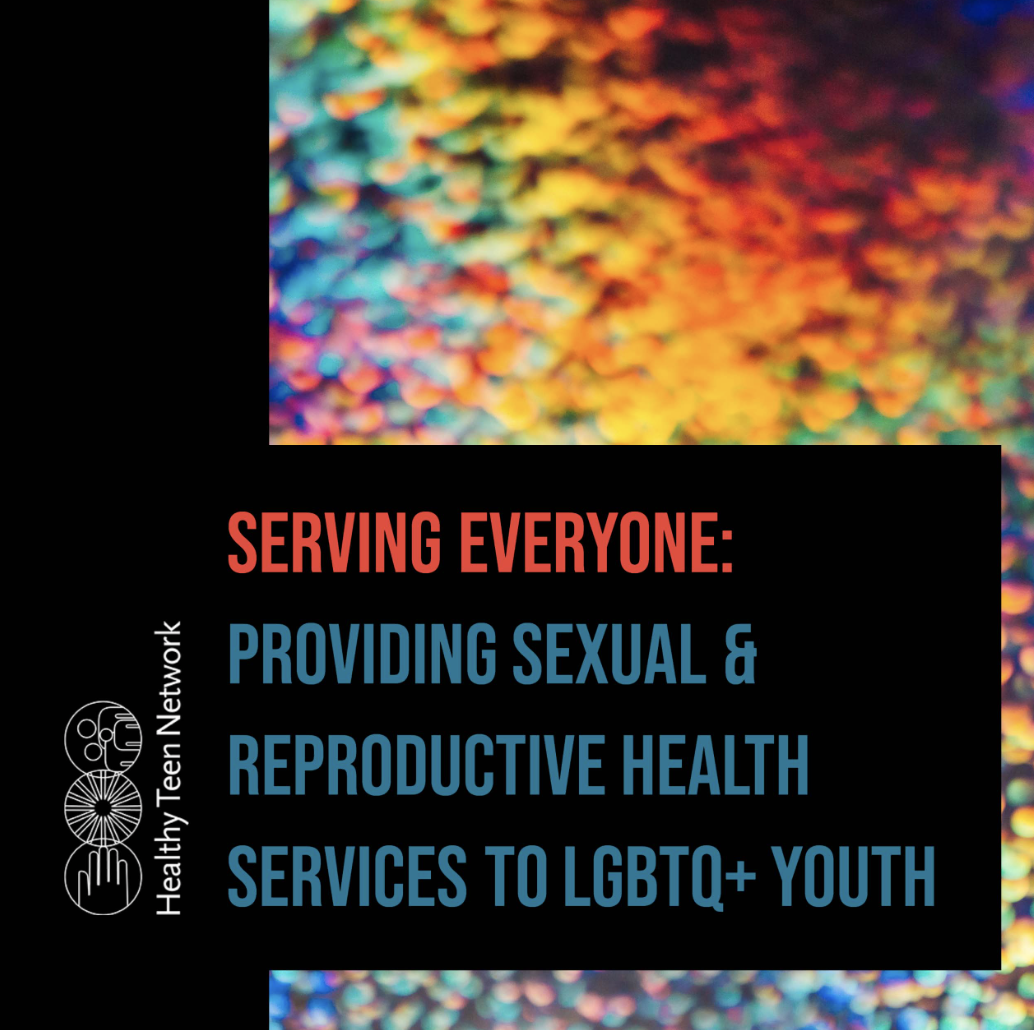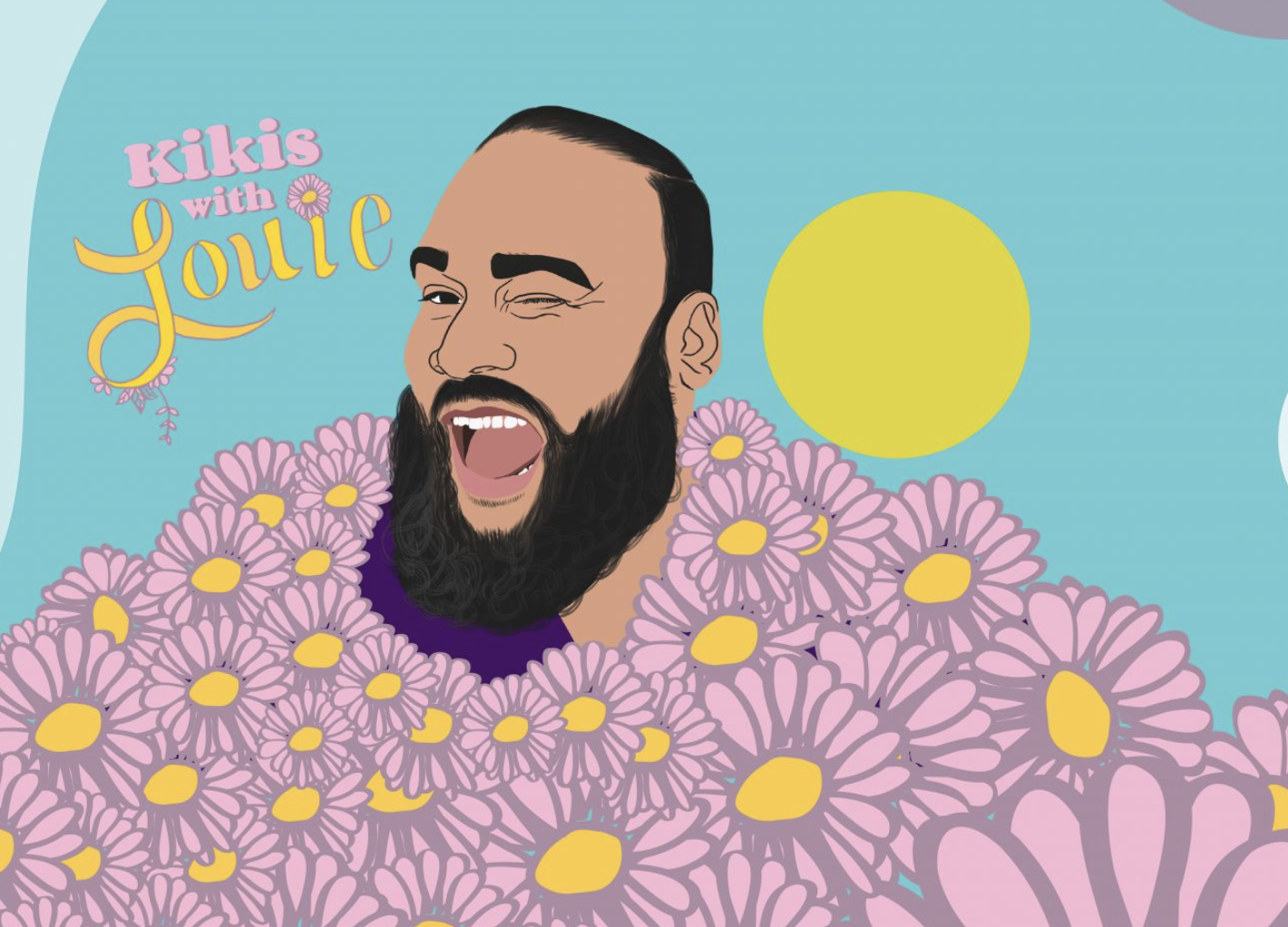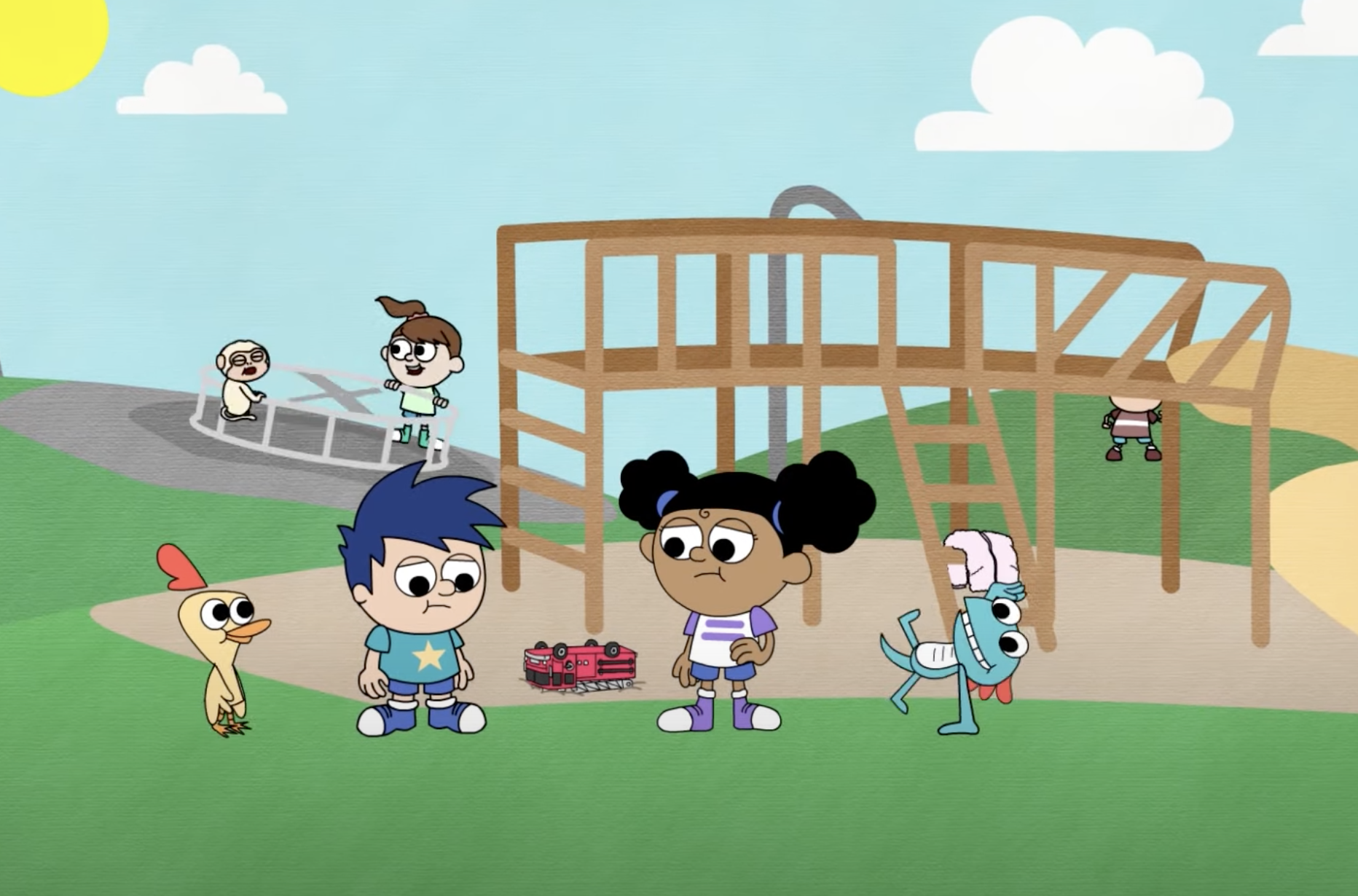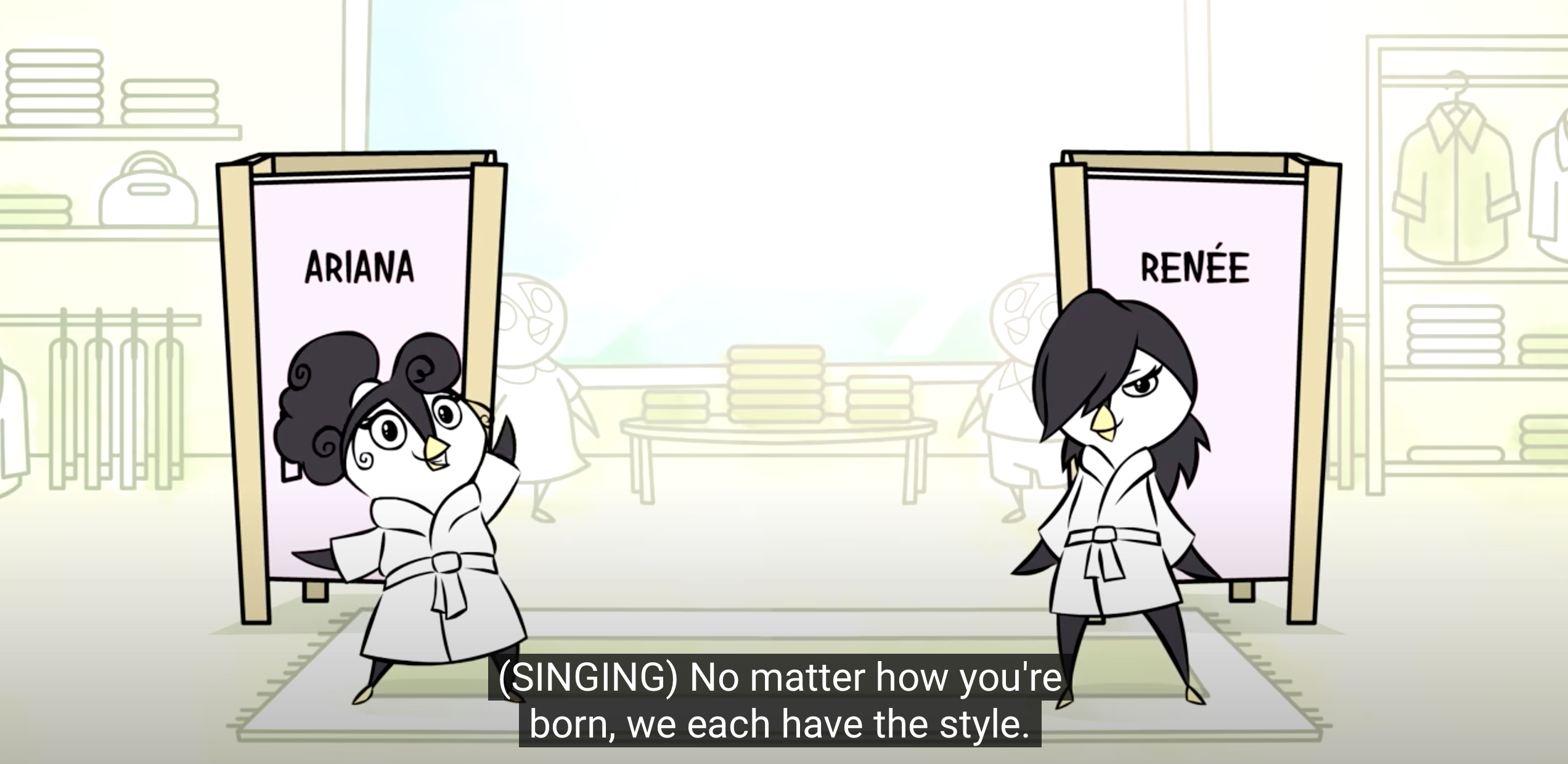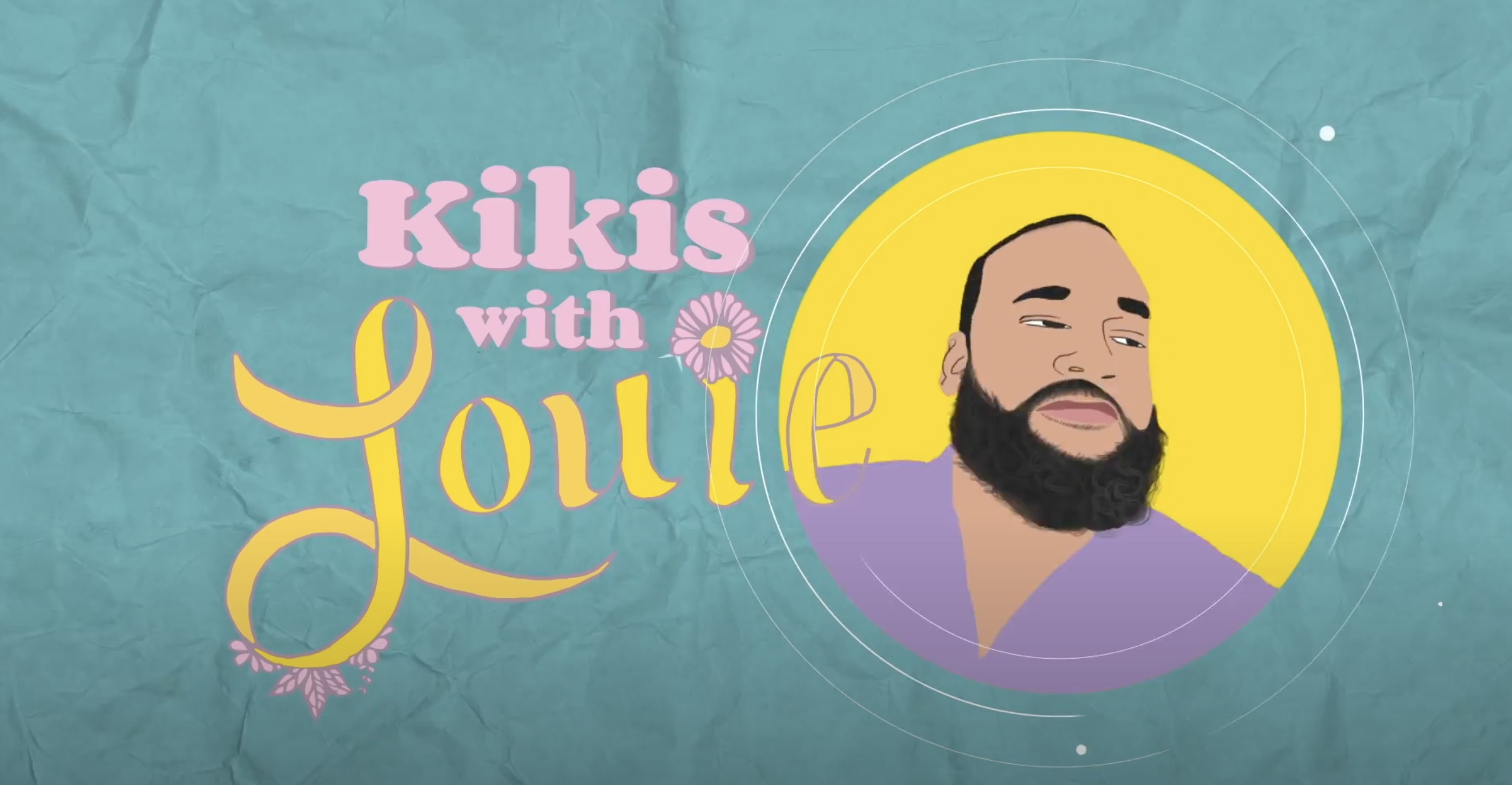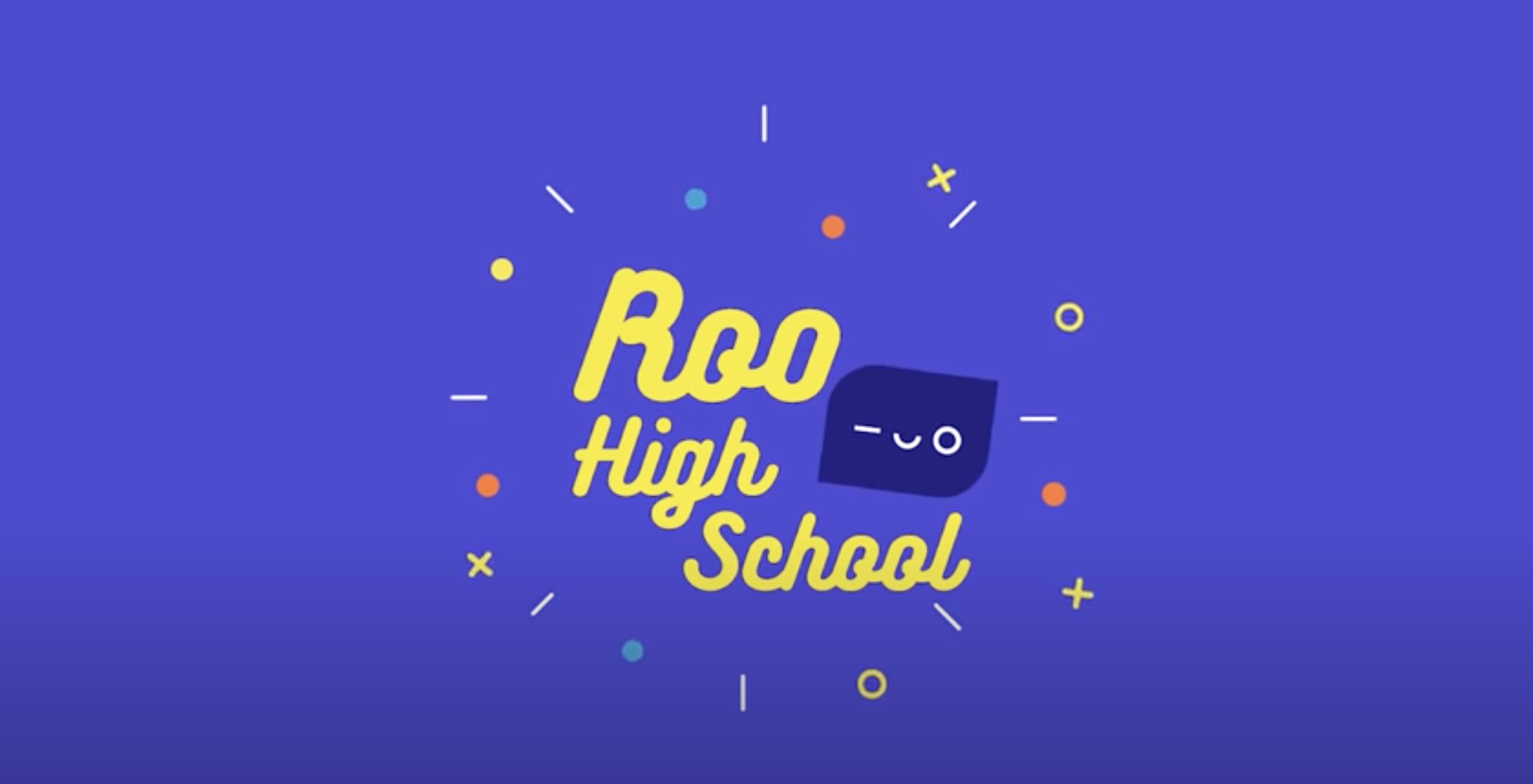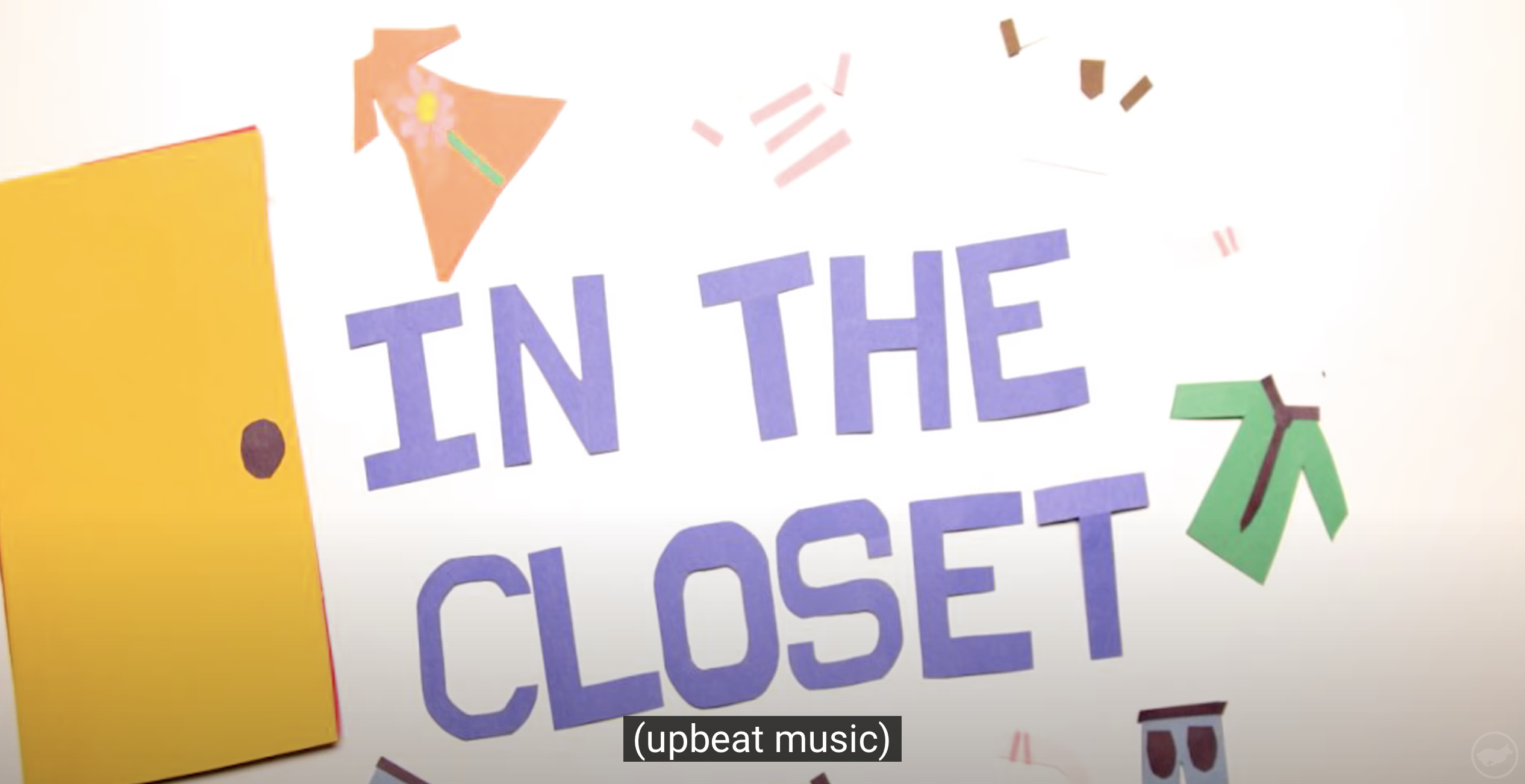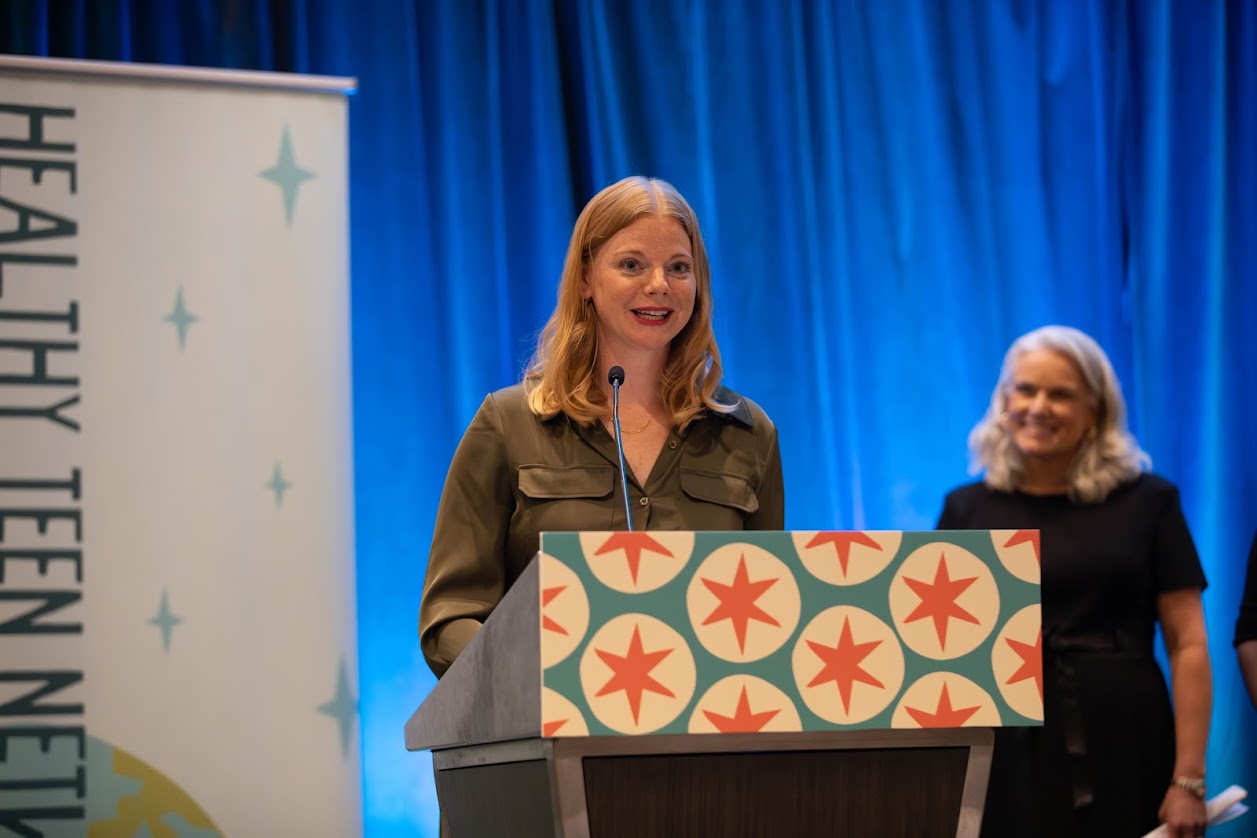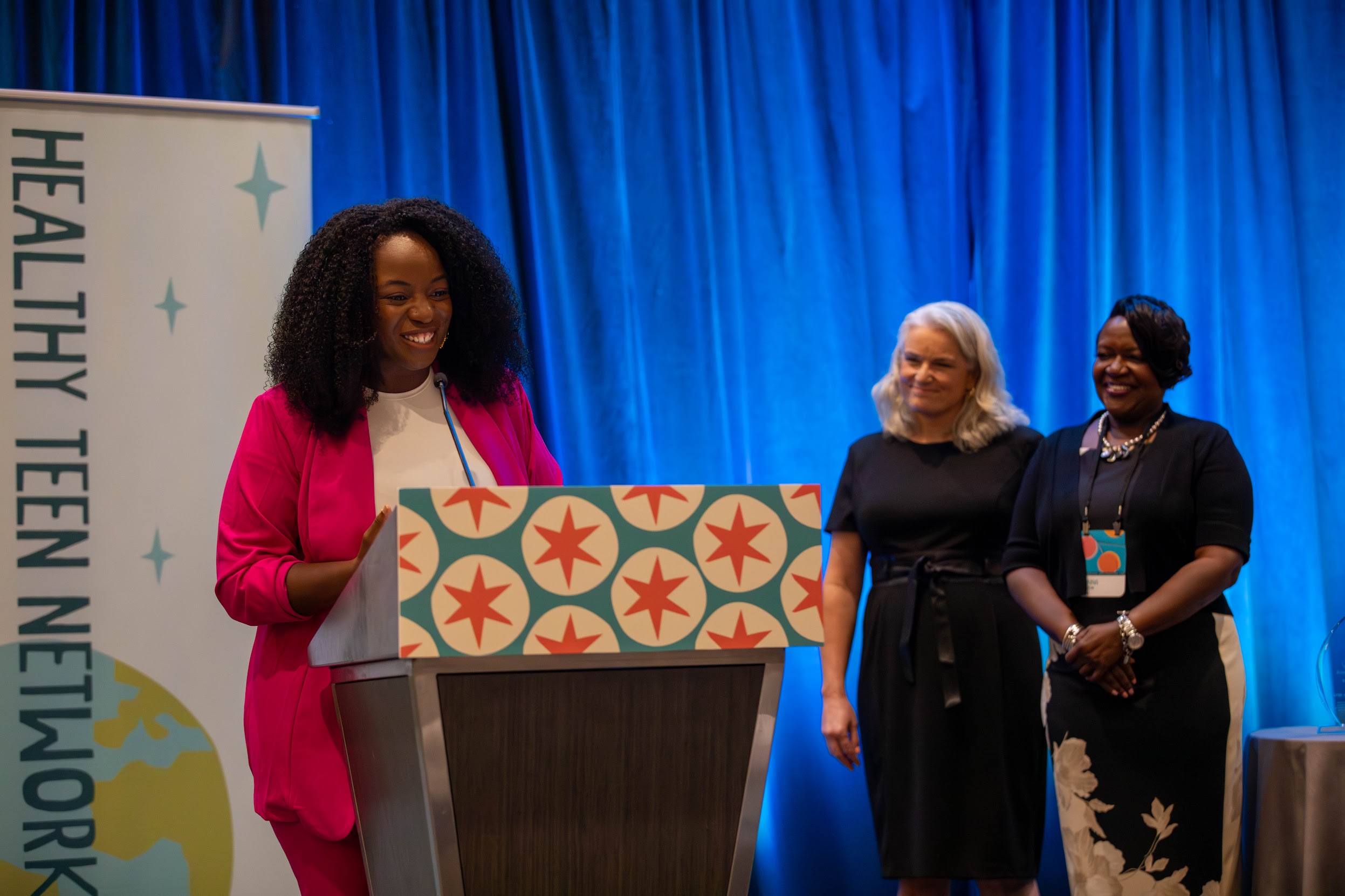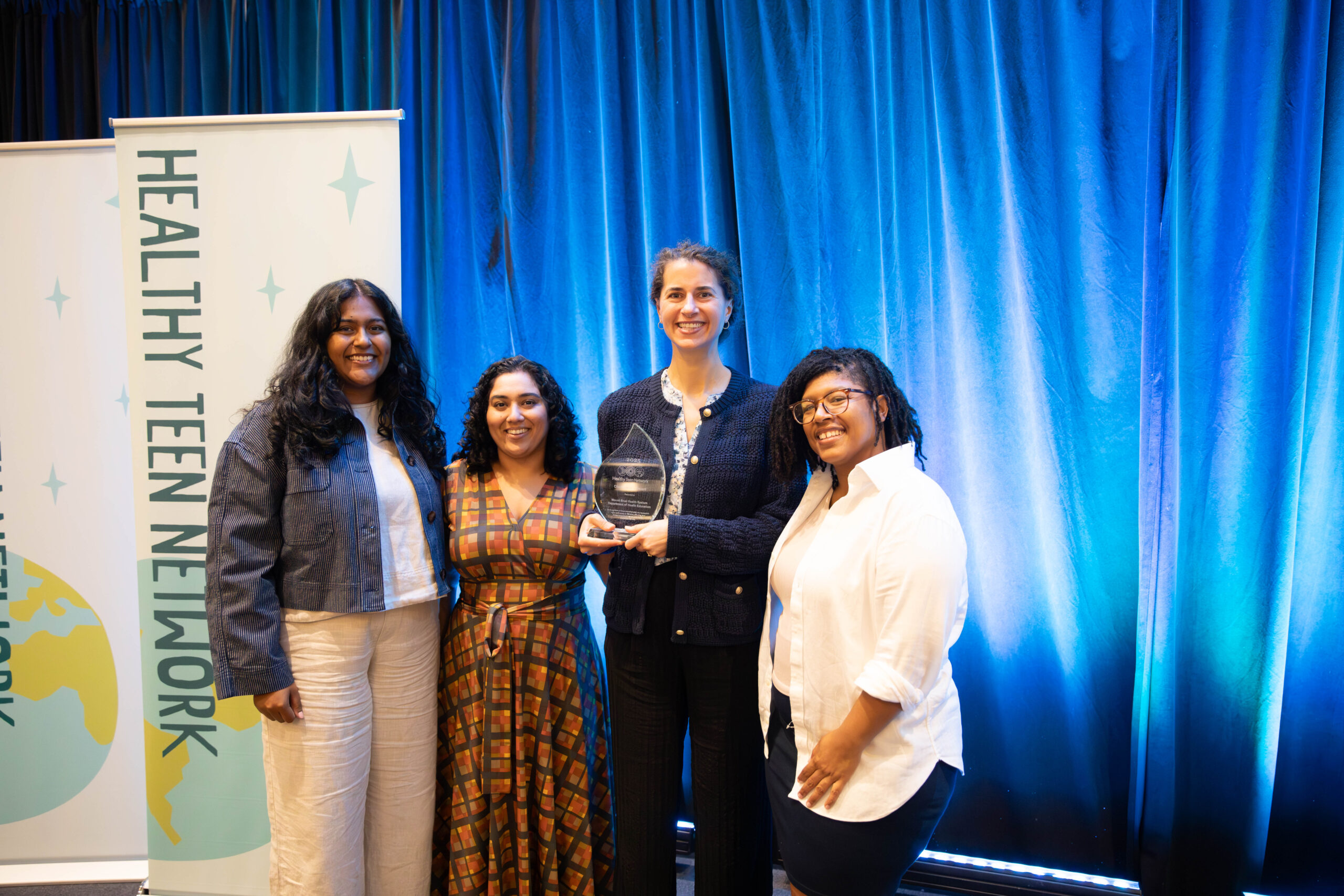All students deserve to learn in an inclusive and affirming space.

By Allison Tomai Felsen
December 9, 2021
Brush up on your inclusive terminology and language.
So much has changed over the last 10 years—be patient with yourself! Language and information around gender identity and expression will continue to evolve, so it is important to listen to the LGBTQ+ community and do your research. Don’t forget that all LGBTQ+ terms exist on a spectrum, someone’s identity can change over their life, and it is no one else’s job but the individual to define themselves.Respond to intolerance.
According to a recent report from the Trevor Project, nearly 50% of LGBTQ+ youth in rural areas or small towns reported that their communities were somewhat or very unaccepting of LGBTQ+ people. Create a safe and affirming learning space by interrupting and addressing name-calling, bullying, or harassment immediately. By naming the behavior and using it as a teachable moment, you can potentially affect change beyond your learning space about what language and behaviors are acceptable. Not only are you modeling being a supportive ally to LGBTQ+ students, but you also let your students know you are a trusted adult and that they can come to you.
Teach sex ed in an all-gender classroom.
Separating youth into groups based on their sex assigned at birth or their gender expression for sex ed is a common practice, but you don’t always know the gender identity or anatomy of the folks you are teaching. Separating by gender can exclude LGBTQ+ students by forcing them to choose between learning vital information about their own health and potentially outing themselves. One practical reason for an all-gender learning space—especially when you are teaching in-person—you don’t need to spend extra time moving students from one location to another. More importantly, an all-gender learning space allows everyone to receive the same information, normalizes talking about bodies and sexuality, and builds empathy for folks who have different experiences.
Don’t be afraid to use age-appropriate videos.
There are a ton of videos out there that outline core concepts by age level around different topics in sex ed. If you’re not sure exactly what is age-appropriate for your students, check out the National Sex Education Standards, which were written to identify the key concepts and skills that students broadly need to be sexually healthy during their school-age years and throughout their lifespan.
Here are some favorites:
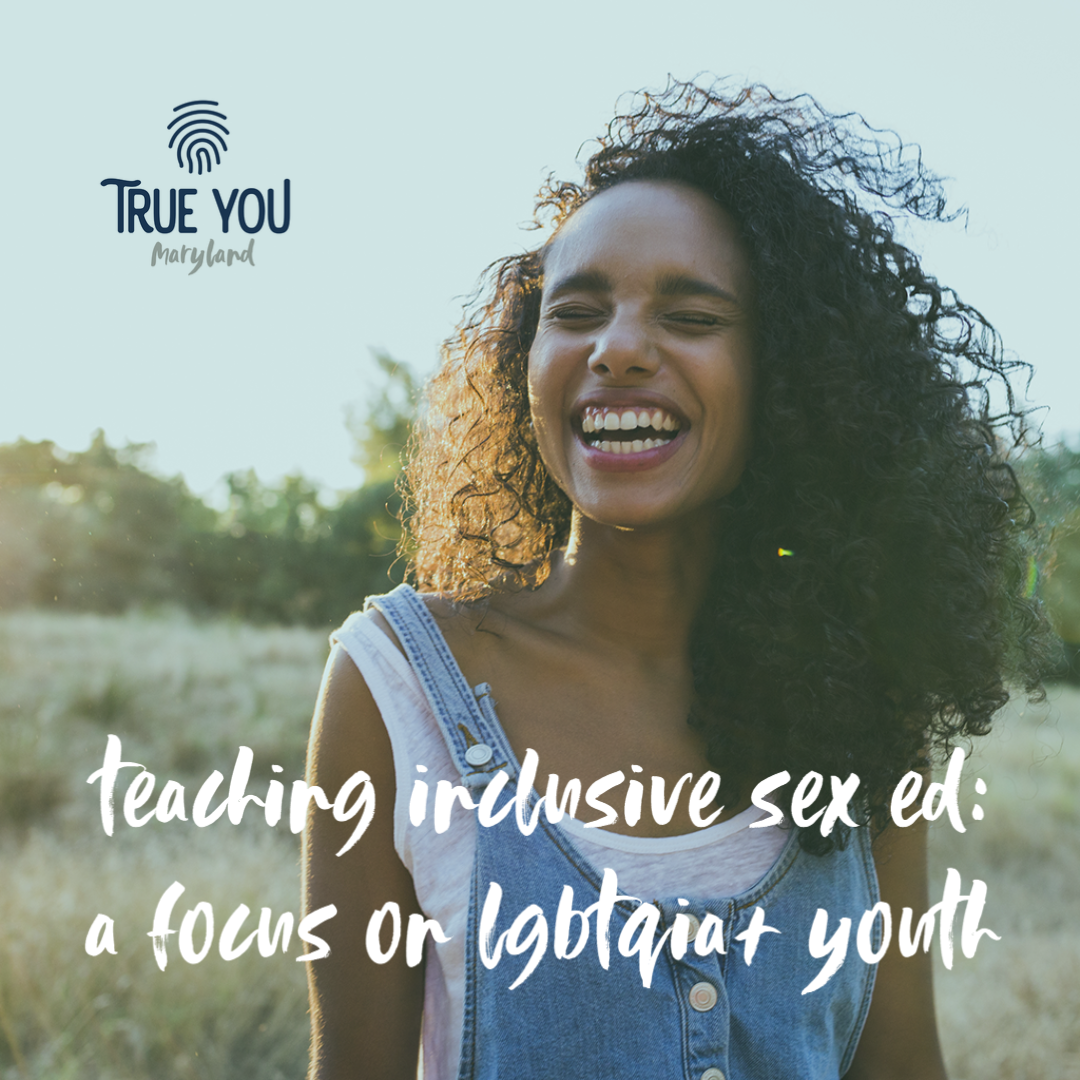 Watch NowThe tips we shared here are just the start. It is up to you to keep expanding your own knowledge and skills. Young people deserve age-appropriate, medically accurate information and answers to their questions about sex and relationships, free of shame and stigma no matter who they are. It starts with you.
Watch NowThe tips we shared here are just the start. It is up to you to keep expanding your own knowledge and skills. Young people deserve age-appropriate, medically accurate information and answers to their questions about sex and relationships, free of shame and stigma no matter who they are. It starts with you.
Allison Tomai Felsen is a Communications Manager for Healthy Teen Network who provides design and communications expertise for projects and manages our website. Allison and her husband are proud parents of two pups and three cats. Read more from Allison.

